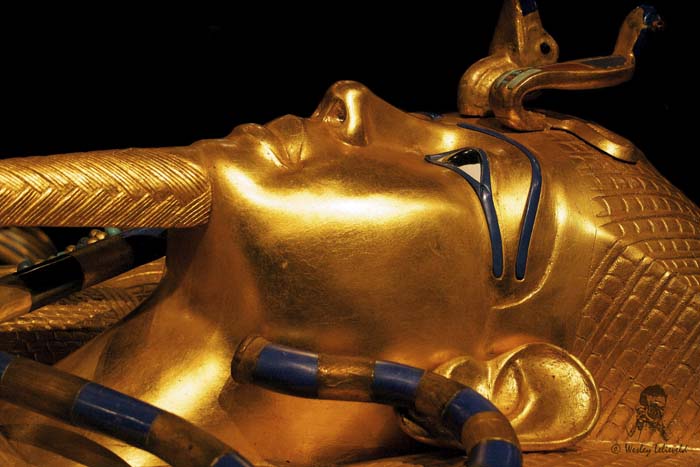Blockchain: Valuing Cryptocurrencies & Cryptoassets + Survival Checklist
In a publishing by Keith Black, PhD, CFA®, CAIA®, FDP, he states that while there are more than 20,000 cryptocurrencies in circulation, fewer than 100 will have any value in the long run, and that some of the biggest companies in the world 20 years from now already may have started in the crypto sector.
With so many cryptocurrencies expected to go out of circulation, here are some questions to ask yourself in order to measure the long term potential of the ones that you own or have interest in owning:
- What industry is the cryptoasset seeking to create or disrupt? What is the size of that addressable market? Does the market have need for the utility that the cryptoasset provides?
- Has the project published a well-drafted business plan or white paper? Is the project currently being built or is it already functioning?
- What are the skills, experience, and success of the programming team as well as the management team? Is this the right team to lead this project?
- What is the popularity of the project?
- Does the project exhibit well-designed technology? Is the code efficient and error-free or can it be exploited? Has the project passed an audit from a consulting firm familiar with blockchain design and smart contract code? Is the custody and security design of the project sufficient to protect investor assets?
- Is the project well-designed from a financial point of view? Are there scenarios in which the coin can be attacked financially, such as a stablecoin being backed by another cryptoasset that it launched? Are the tokenomics appropriately shared between investors and owners of the project, leaving income and assets to pay the software development team for building, upgrading, and managing the project?
- Does the market have a real need for this project? Does it run on a standardized blockchain, such as by offering an ERC-20 token that can use the Ethereum blockchain, or is it trying to create a new blockchain? With more than 10 layer-one protocols already functioning, new projects would be well advised to use an existing protocol unless a new blockchain is required to implement their use case.
Bitcoin accounts for 43% of the $915-billion cryptocurrency market, Ethereum makes up 15.2%, and the next 48 coins add another 36.4% of market capitalization. The top 50 coins, currencies, and tokens account for almost 95% of the market capitalization of the entire cryptocurrency space.
With its total token supply limited to 21 million, some investors believe that Bitcoin will serve as a long-term store of value, similar to the role played by gold today. With 19 million Bitcoins outstanding today, the cryptocurrency is expected to reach a maximum supply of 21 million by the year 2140.
While some cryptoassets are seeking to disrupt a traditional business such as bank deposits and loans, securities trading, global money transfers, or web browsers... others are creating completely new business models, such as smart contracts, non-fungible tokens (NFTs), and the metaverse.
Ideally, investors would only buy assets that they understand and focus on those that have a chance to prosper long-term.
Traditional fixed income securities, such as government or corporate bonds, treasury bills, treasury note, treasury inflation-protected securities (TIPS), or CDs, can be valued using the discounted cash flow of the interest payments and stocks using a dividend-discount model.
With cryptoassets, the following valuation models are proposed:
THE STOCK-TO-FLOW MODEL
The hypothesis is that scarcity directly drives value. In this model, the level of current inventory, or stock, is divided by the current-year production, or flow. The stock-to-flow concept takes advantage of the fact that Bitcoin’s scarcity increases its value. By assessing Bitcoin’s digital scarcity, the stock-to-flow ratio forecasts its value.
THE COST-OF PRODUCTION MODEL
In early 2022, the cost of production of one bitcoin averaged $34,000, including the fixed cost of mining rigs, data centers and the variable cost of electricity.
In a proof-of-work mining process, producers of Bitcoin compete to solve a cryptographic puzzle. The first to solve this puzzle in each 10-minute period is allowed to publish the next block of transactions and earn the block reward.
Proof-of-stake networks are more difficult to value using the cost-of production method because the minting of the next block is awarded based on the size of each miner’s stake in the network.
THE EQUATION OF EXCHANGE (MONETARIST THEORY)
The equation, MV=PQ, notes that money supply times velocity equals the price of goods and services times the quantity of goods and services.
The current inflation rate can be explained using this equation since the quantity of goods and services has been constrained by factors such as COVID-19, supply-chain related shortages, and the fact that money supply has increased through both monetary and fiscal policy stimulus.
METCALFE’S LAW
Metcalfe’s law states that the value of a network is proportional to the square of the number of participants. Given the transparency of blockchains that report the number of total wallets on each blockchain and the frequency of their use, this model is easily applied to cryptoassets. The protocols with the largest number of users have been earning higher levels of valuation.
“What we’re witnessing is more like the growth of the internet, or the expansion of telecommunications.”
---
Ready to invest in digital marketing for your business? Let's work together to create a plan designed around optimizing your business directory listings, while incorporating search engine optimization (SEO), content marketing, search engine marketing, lead generation and website design to ensure that your accounting practice is optimized to help you reach your goals.



